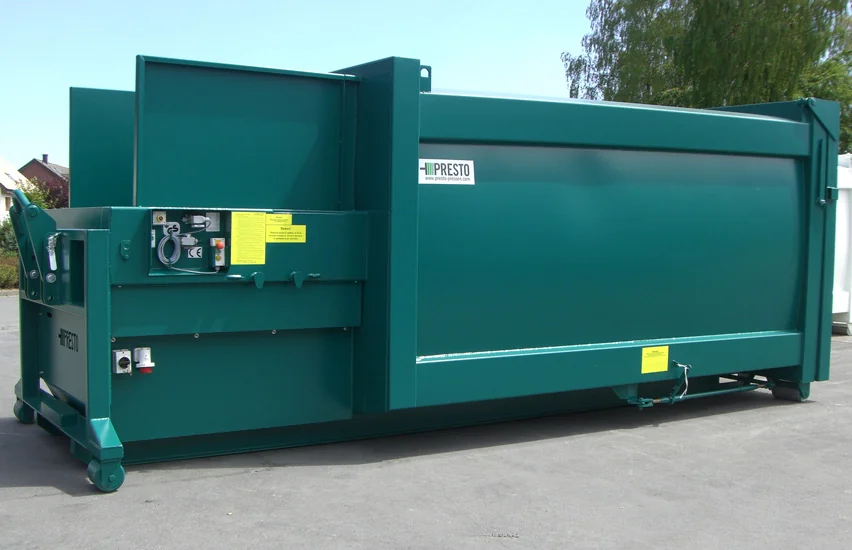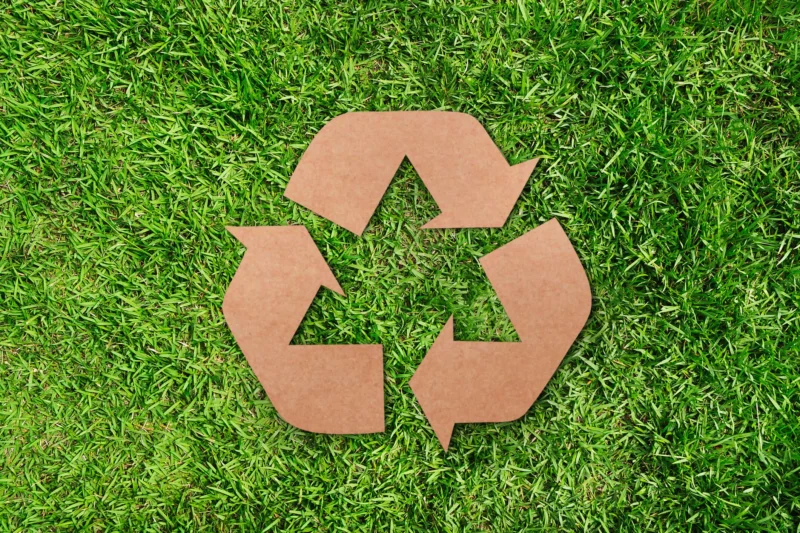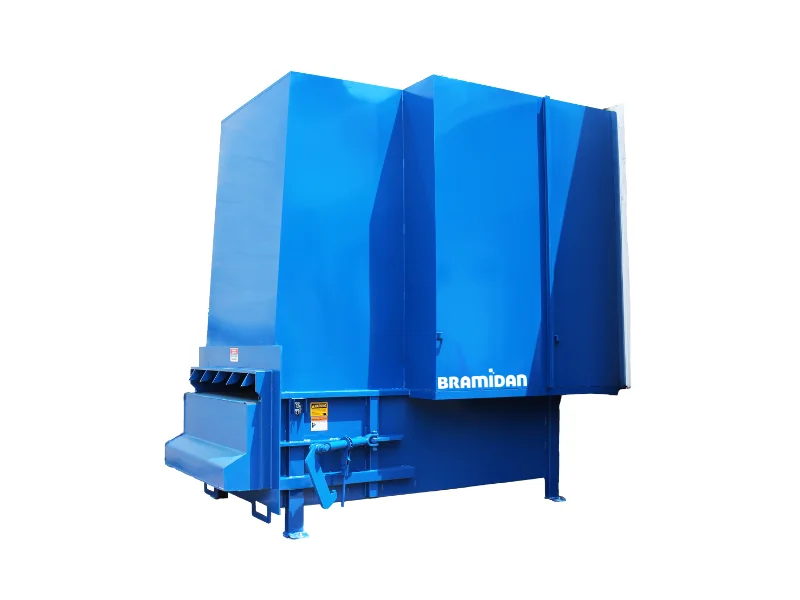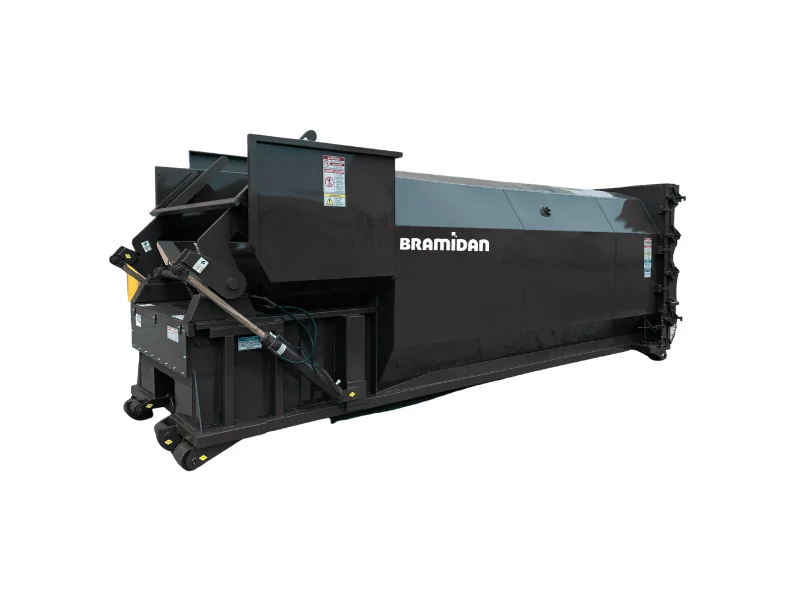Stationary Compactor vs. Self-Contained Compactor

How to Choose Your Compactor
Stationary Compactor
As the name suggests, a stationary compactor remains in one place. It’s designed to pack waste into a separate detachable container. Once the container is full, it’s hauled away for emptying while the compactor remains on-site.Self-Contained Compactor
A self-contained compactor is a single unit where the compactor and container are integrated. It’s best suited for wet waste as it’s designed to prevent liquid leakage.
Compactors
Stationary Compactor
When to Choose a Stationary Compactor:
Dry Waste Generators – If your business primarily deals with dry waste like paper, cardboard, or plastics (typical in retail, offices, or warehouses), a stationary compactor is ideal.
Space Availability – Stationary compactors require space not only for the compactor itself but also for the detachable container. Ensure you have ample room.
Frequent Waste Pickup – Since the containers are detachable, they can be hauled away without disturbing the compaction process. This is beneficial for businesses that require frequent waste pickups.
When to Choose a Self-Contained Compactor:
Wet Waste Generators – Businesses like restaurants, food processors, or supermarkets that produce significant volumes of wet waste will benefit from self-contained compactors. The all-in-one design minimizes the risk of leaks.
Space Constraints – If you’re short on space, consider a self-contained unit. With its integrated design, there’s no need to account for a separate container.
Minimal Waste Transportation – The compacted waste remains in the unit until it’s full, which means less frequent waste transportation and potentially lower hauling costs.
Recycling Considerations
In general, wet recyclables might lean towards self-contained units, whereas large volumes of dry recyclables might find stationary compactors more efficient.

Fill in the form and we will contact you
Questions? Contact Us Today





